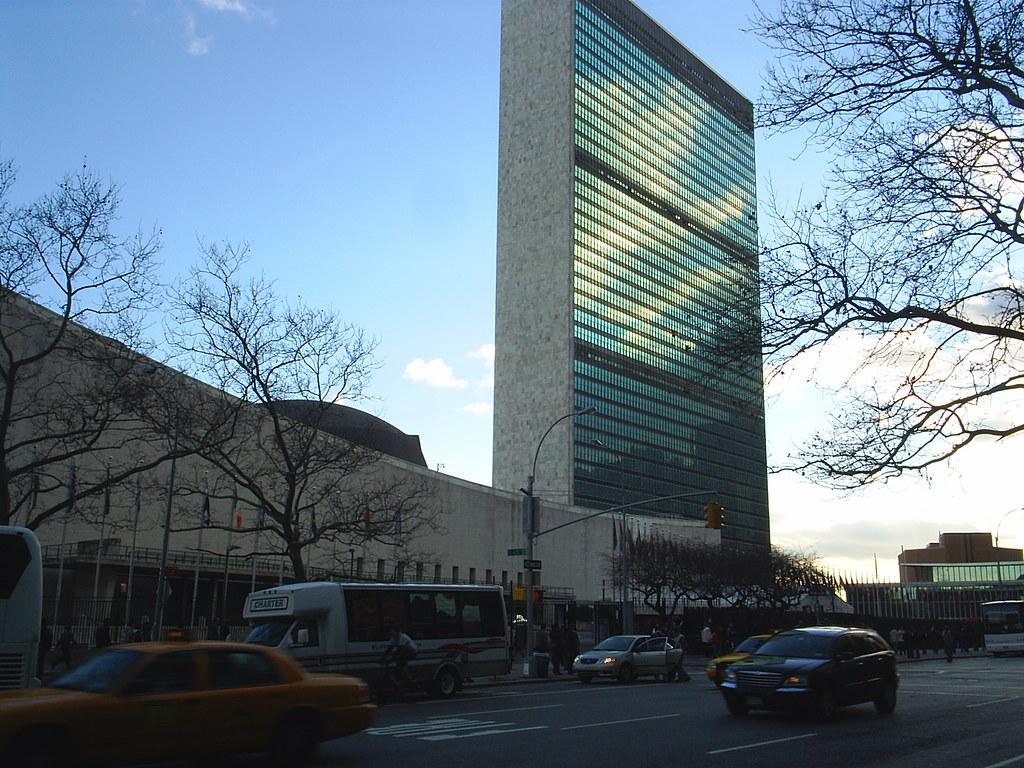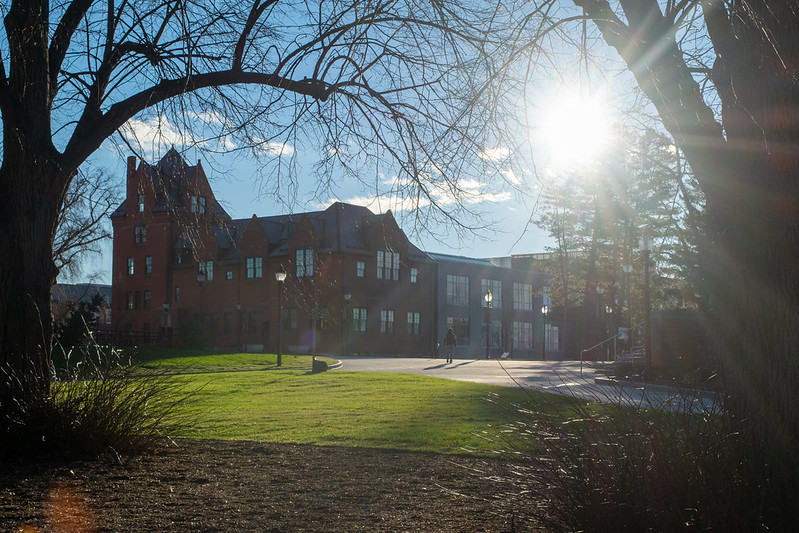
Housing is a right.
I say this not as a claim to a natural state of humanity or as an observation of law. The right to housing is an aspirational demand, a strategy for political organizing and a rhetorical tool for combatting the mass evictions facing working and middle-class Americans every day. Those who oppose the right to housing or dismiss it as impossible generally do so through two spurious assumptions: that evictions are the result of individual failures and that claiming a right to housing empowers the state at the expense of individual freedom.
In reality, the most powerful leverage in defending a right to housing is not state policy but public accountability. When a bank must face the public it claims to serve, on whose business it relies, with the appalling evidence of predatory lending and short-sighted eviction policies, the right to housing is made manifest. Secondly, homelessness is never a problem of individuals; it is an issue of communities. In order to better organize our communities and see homelessness as something other than a justifiable price for economic growth or the result of individual shortcomings, we must re-conceive of the right to housing as a political claim which is constantly being put into practice.
Many readers will be aware of contemporary demands for a right to housing being made through Occupy Wall Street and the worldwide network of demonstrations, including on our own campus. I first heard the right to housing demanded on a more specific and local level by City Life/Vida Urbana, a tenants’ rights organization in the Jamaica Plain neighborhood of Boston. City Life is an independent non-profit and member of the nation-wide alliance known as Right to the City. Among other projects, City Life organizes home owners and tenants facing post-foreclosure eviction in what it calls a Bank Tenant’s Association (BTA), a name which reflects that after foreclosures all that live in a property are effectively tenants of the bank. City Life BTA members do not demand free housing or state supplied housing; they demand the right to pay rent to the bank who owns their home or to buy back the home at its real (post-crisis) value. The mortgage holding bank, in turn, has a responsibility to maintain the property and its utilities until the property is sold. City Life negotiates in the courtroom, in city council chambers and in the streets of Boston: never for housing as a right in the abstract but in a particular case, in this specific city, and as a priority over a specific means of profit for a specific bank.
This alliance between homeowners and tenants is rare. Although the majority of banks evict all parties after foreclosure to make the property a more fluid asset and thus easier to sell, the legal protection for homeowners and tenants are different. Homeowners are subject to the “moral-hazard” law: because they took out the mortgage, they are held responsible for its foreclosure. However, these exchanges do not take place in a bubble. Before the crisis of 2008, housing costs were wildly inflated by irresponsible lending practices and mortgage contracts which have since been made illegal. Many City Life tenants have already paid many times the value of their homes to the mortgage-holding bank. After years of making payments, enormous balloon-payments and economic recession have forced many homeowners into foreclosure.
Opponents to City Life counter that the right to housing lets irresponsible borrowers off the hook, or unfairly punishes banks for offering mortgages which the homeowners failed to repay. They argue that the housing market should regulate itself, without interference from political forces. However, the evicted individual is never the only party to suffer. Whole blocks of bank-owned properties remain abandoned as the biggest banks work through the resale of a massive number of foreclosed properties. This drives down the value of surrounding neighborhoods and produces dangerous conditions for those who would occupy these homes illegally and for the police who patrol them. Additionally, it is impossible to “de-regulate” the relationship between property holders and tenants; it is a legal relationship which, under current laws, is leaving housing markets depressed and homes unoccupied. City Life demands that the regulations which bind other property owners apply to banks as well.
Perhaps the most important aspect to understanding City Life’s conception of the right to housing is its practice of eviction blockades, where City Life members and allies show up en masse on the day of a post-foreclosure eviction. As an act of civil disobedience, members risk arrest by blocking the door as police and representatives of the bank come to serve the tenant’s eviction. As media and passersby give testament to the events, the evicting bank must answer for why it is evicting the building’s residents and must justify why families willing to pay for their homes must leave for the sake of a more efficient sale. Every City Life case is different and not all tenants can or want to take this risky and public step. I have outlined this example to demonstrate the complexity of “the right housing” as it exists in practice. This is a small introduction. Organizations around the country have methods and agendas for asserting a right to housing in their neighborhoods which do not fit on a placard or in an editorial.
If we are to take the right to housing seriously, it is not enough to criticize it as unreachable ideal or an abstract goal to be achieved by the market or the state. The right to housing is claimed and enacted across the country and the world, as both an issue and a tool of democracy.
Michael O’Connor is a Collegian columnist. He can be reached at [email protected].











